Discover how a bimodal integration strategy can address the major data management challenges facing your organization today.
Get the Report →Connect to Real-Time WooCommerce Data in Power Apps Using Dataflows to Build Custom Applications
Use CData Power BI Connector for WooCommerce and Dataflow to import and use WooCommerce data in Power Apps.
Power Apps is a suite of apps, services, and connectors that allows users to build custom applications with minimal or no coding. It empowers businesses to create tailored apps that solve specific business challenges, automate workflows, and integrate with various data sources, including Microsoft Dataverse, SQL Server, and third-party services.
Dataflows in Power Apps simplify the process of importing, transforming, and loading external data into Microsoft Dataverse or other storage systems. They allow users to connect to multiple data sources (like Salesforce, Excel, or SQL databases), clean or shape the data, and store it in Power Apps. When paired with the CData Power BI Connector for WooCommerce, it provides access to WooCommerce data to build custom applications and more
This article demonstrates how you can easily connect to WooCommerce using the CData Power BI Connector for WooCommerce and integrate your WooCommerce data through the Power Apps on-premises data gateway.
Configure a DSN to connect to WooCommerce data
Installing the Power BI Connector creates a DSN (data source name) called CData PBI WooCommerce Sys. This the name of the DSN that Power BI uses to request a connection to the data source. Configure the DSN by filling in the required connection properties.
You can use the Microsoft ODBC Data Source Administrator to create a new DSN or configure (and rename) an existing DSN: From the Start menu, enter "ODBC Data Sources." Ensure that you run the version of the ODBC Administrator that corresponds to the bitness of your Power BI Desktop installation (32-bit or 64-bit).
WooCommerce supports the following authentication methods: one-legged OAuth1.0 Authentication and standard OAuth2.0 Authentication.
Connecting using one-legged OAuth 1.0 Authentication
Specify the following properties (NOTE: the below credentials are generated from WooCommerce settings page and should not be confused with the credentials generated by using WordPress OAuth2.0 plugin):
- ConsumerKey
- ConsumerSecret
Connecting using WordPress OAuth 2.0 Authentication
After having configured the plugin, you may connect to WooCommerce by providing the following connection properties:
In either case, you will need to set the Url property to the URL of the WooCommerce instance.
In this section, we will configure the on-premises data gateway to detect the CData Power BI Connector for WooCommerce installed on your system. If you haven't installed the data gateway yet, you can download it from Microsoft's official website. Follow the given process to configure the on-premise data gateway on your machine: NOTE: Select the folder where the gateway will search for the CData Power BI Connector. Once the on-premise data gateway is configured and a new gateway is created, follow these steps to create a dataflow that pulls in the WooCommerce data into Power Apps: At this point, you will have created a dataflow using live WooCommerce data and connected it to Power Apps. To learn more, explore the CData Power BI Connectors for Salesforce and download a free 30-day trial from the CData Power BI Connector for WooCommerce page. Feel free to reach out to our Support Team with any questions.
Configure the on-premises data gateway to recognize the CData Power BI Connector for WooCommerce
Set Up the Power BI Gateway
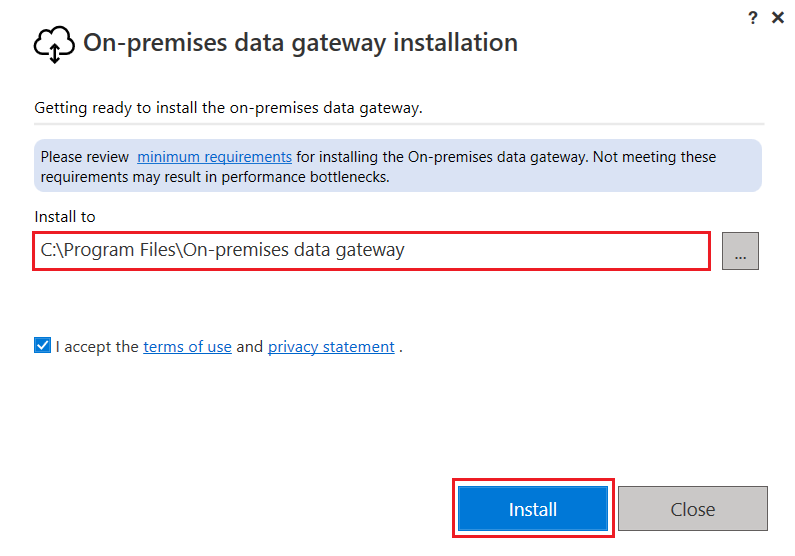
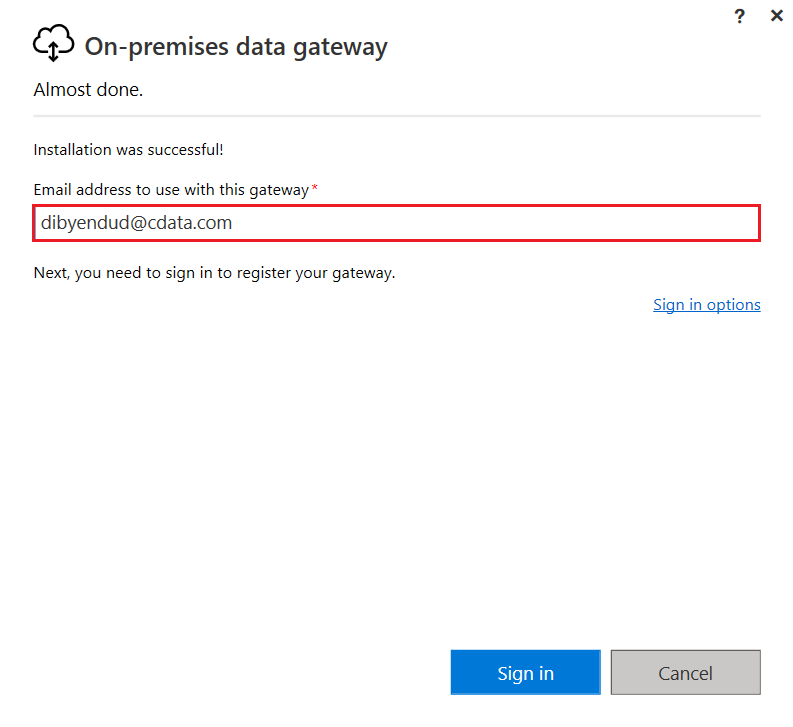
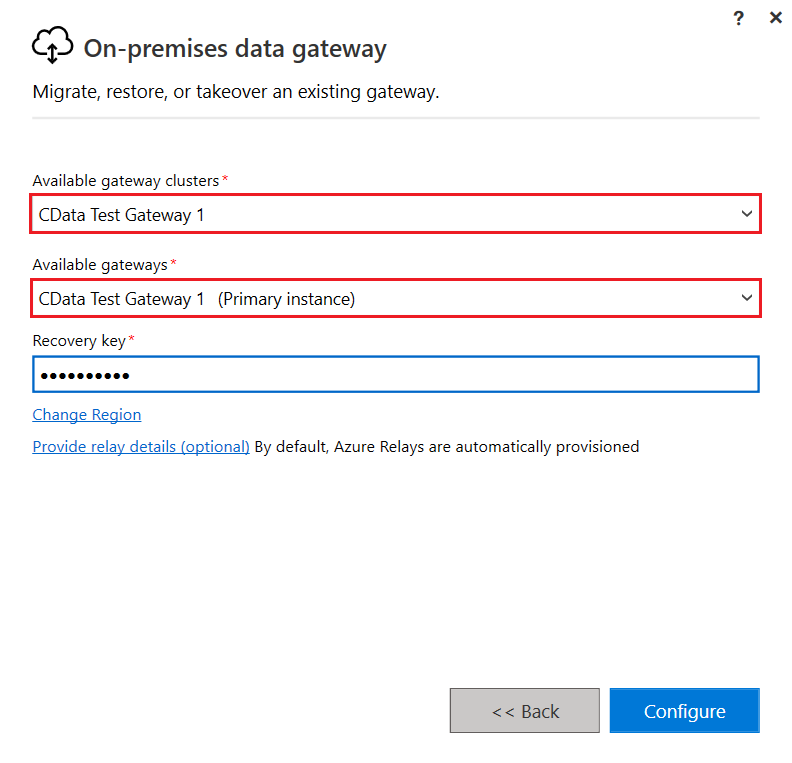
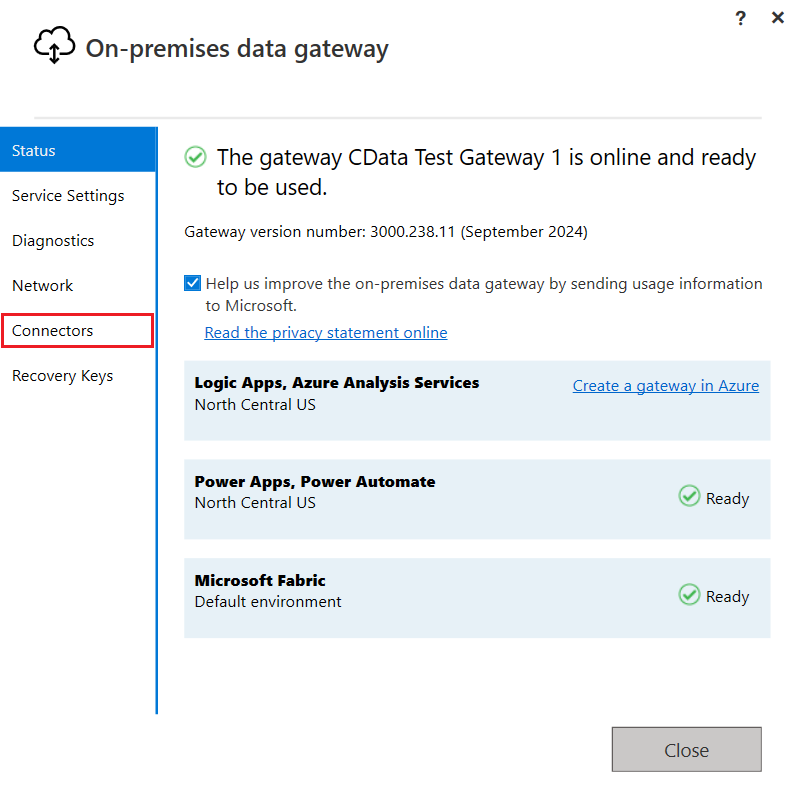
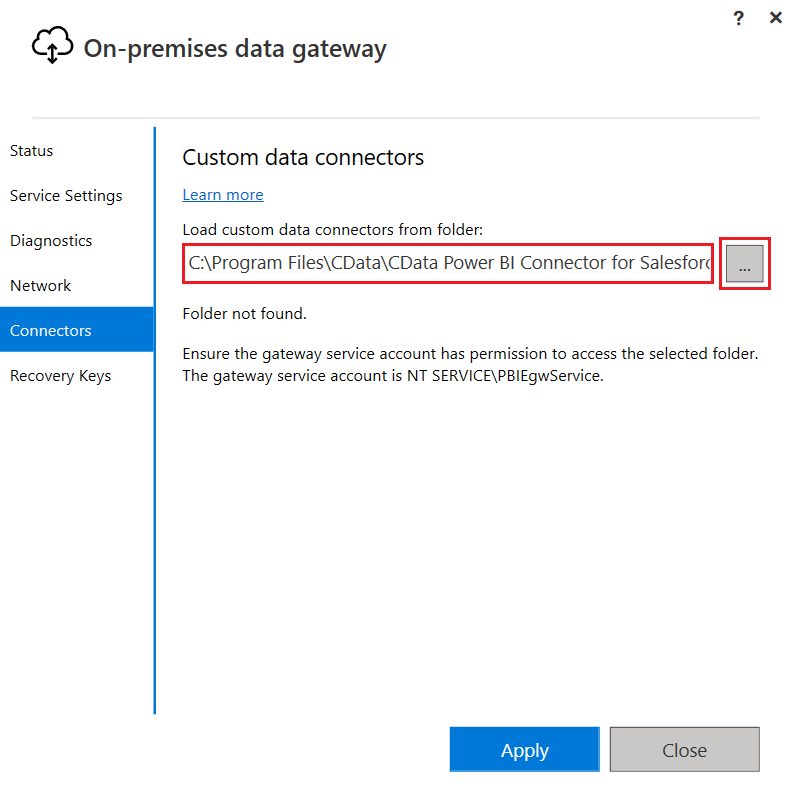
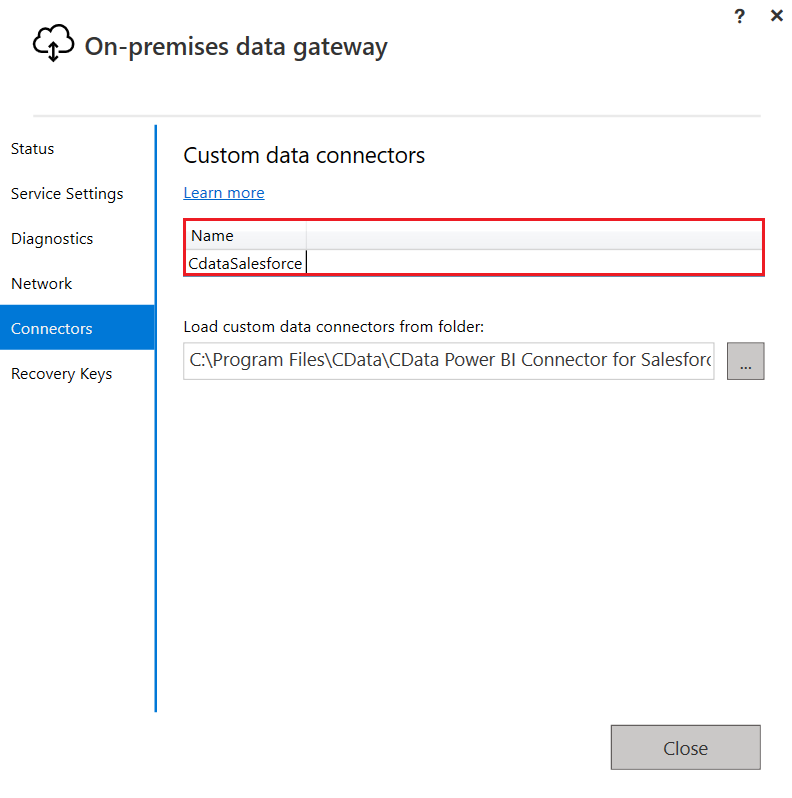
Configure a dataflow connection in Power Apps
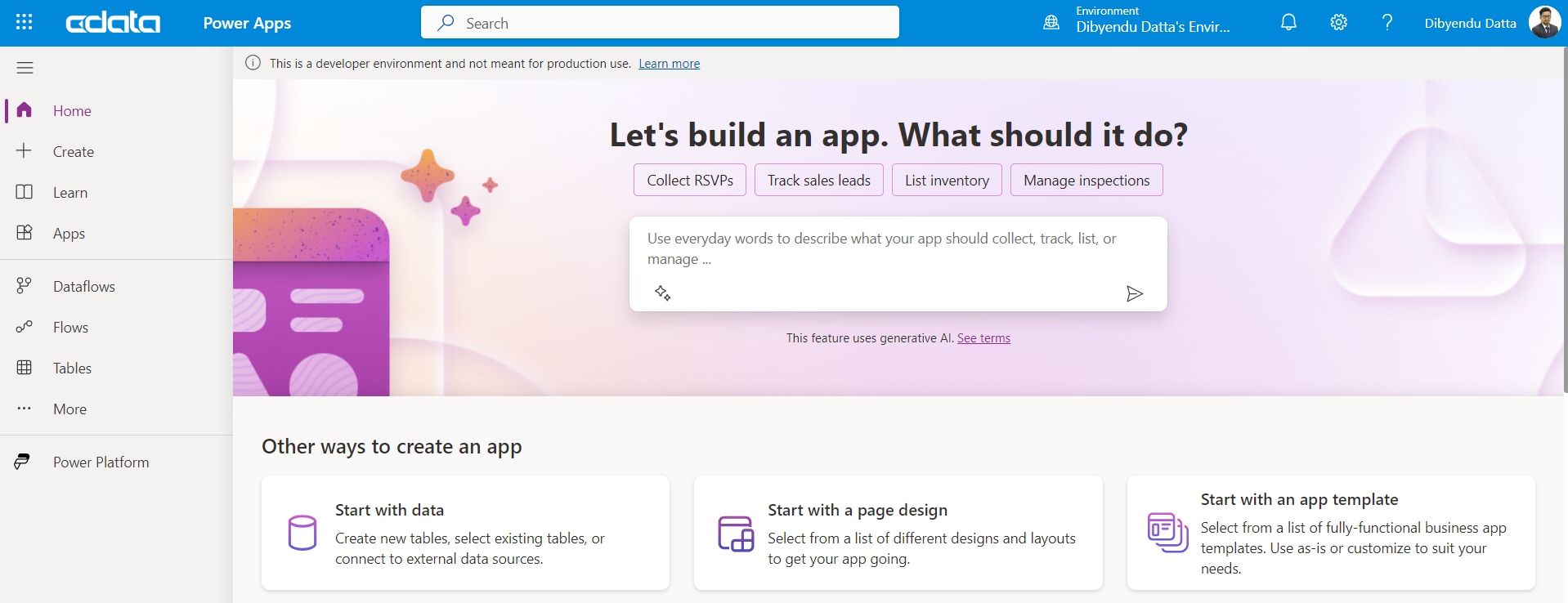
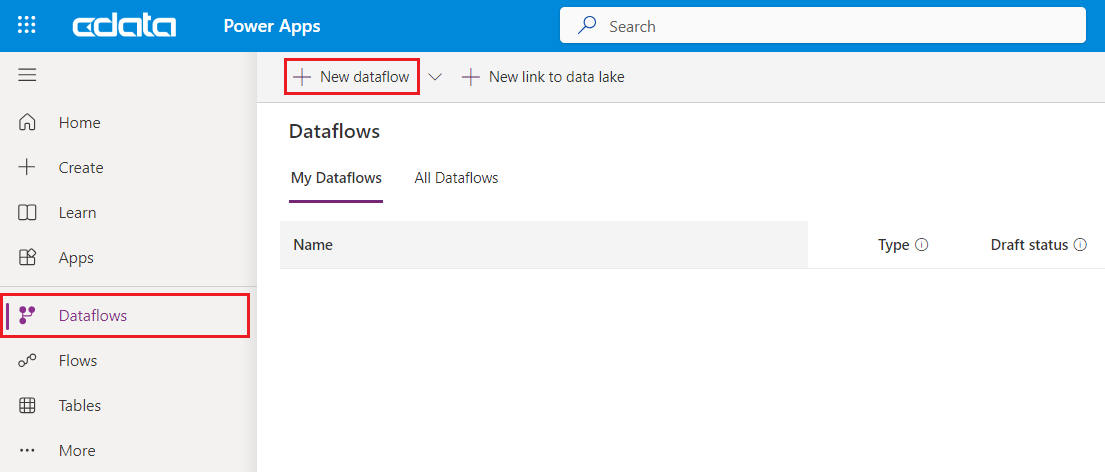
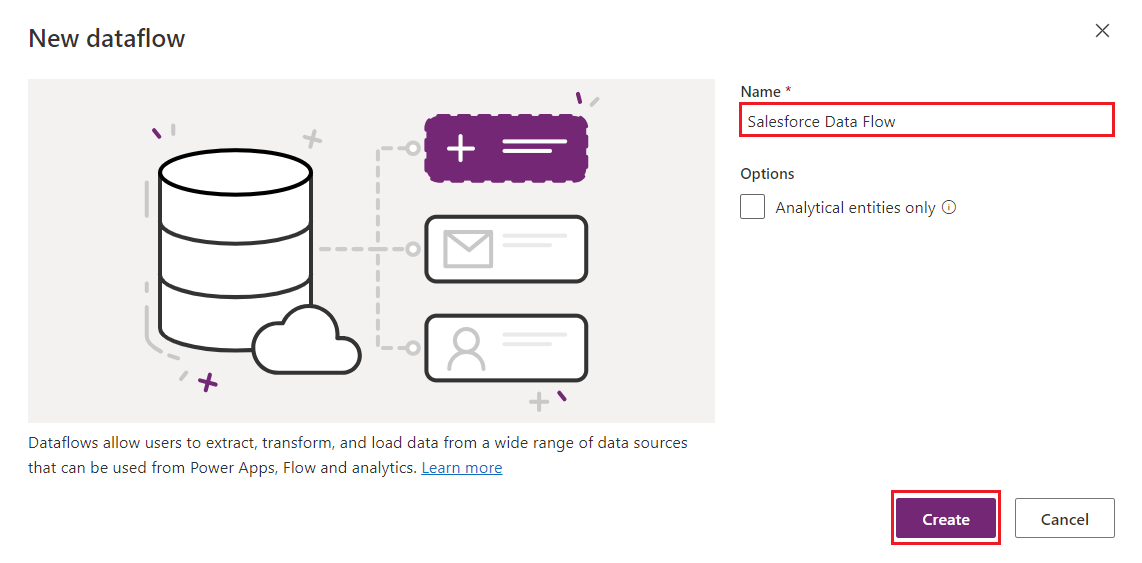
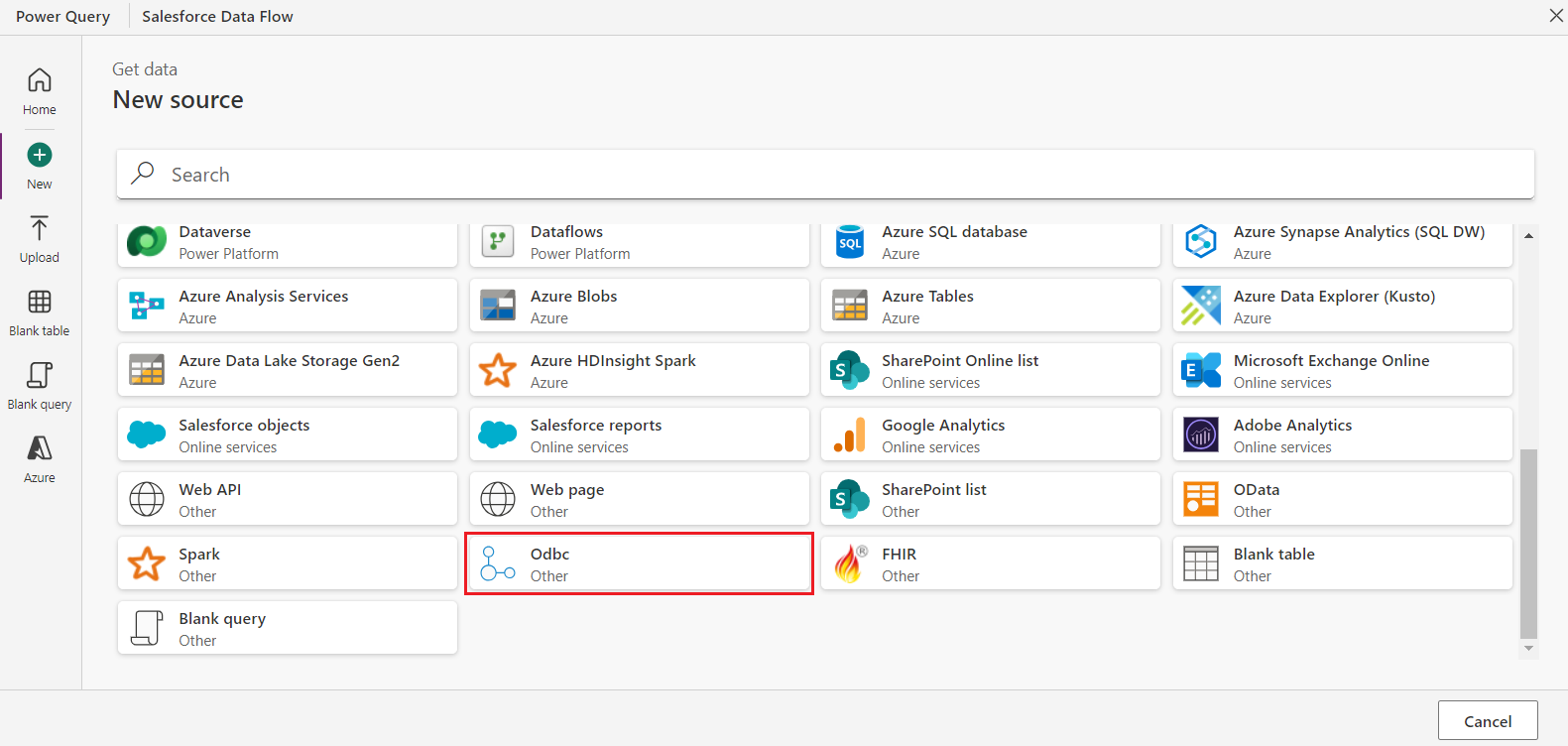
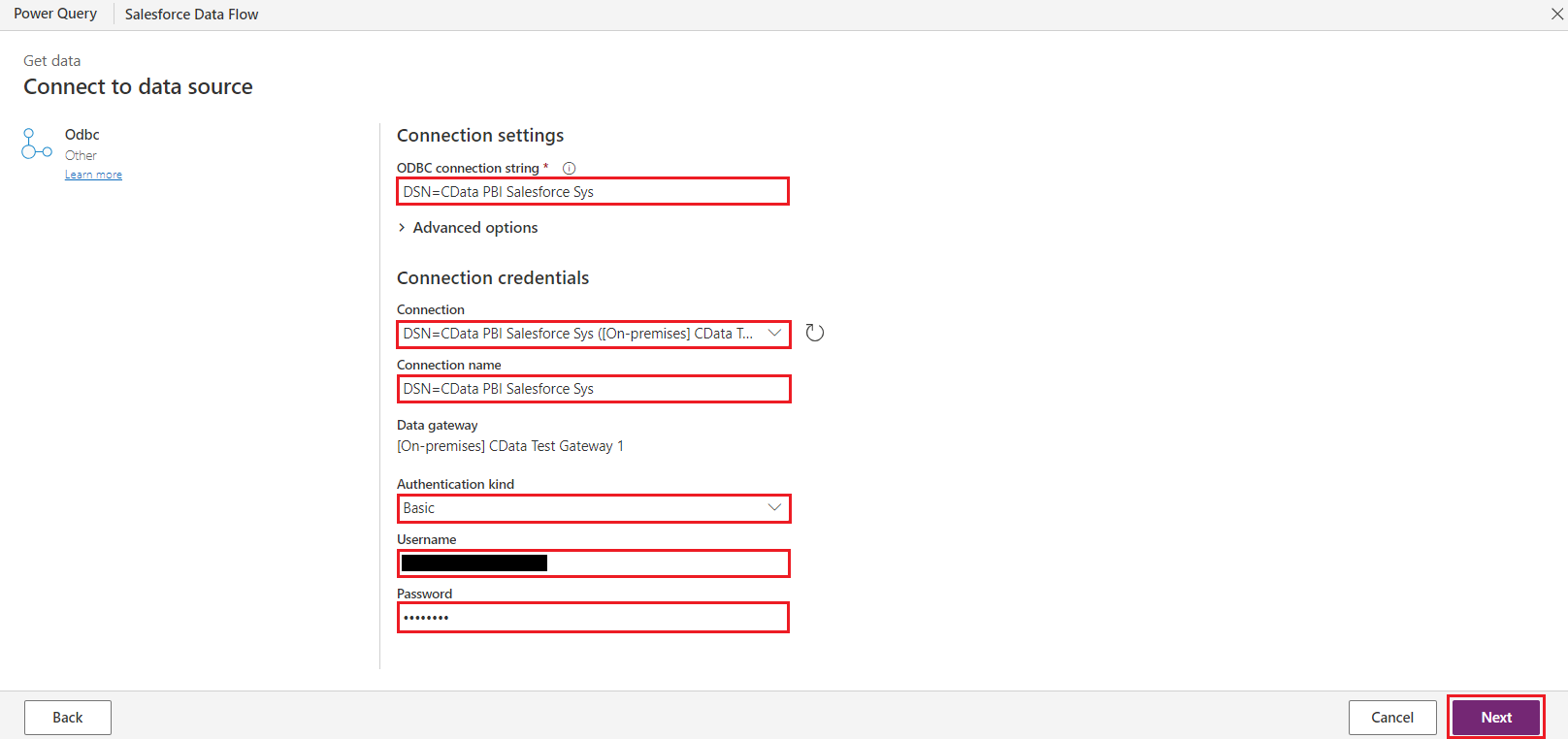

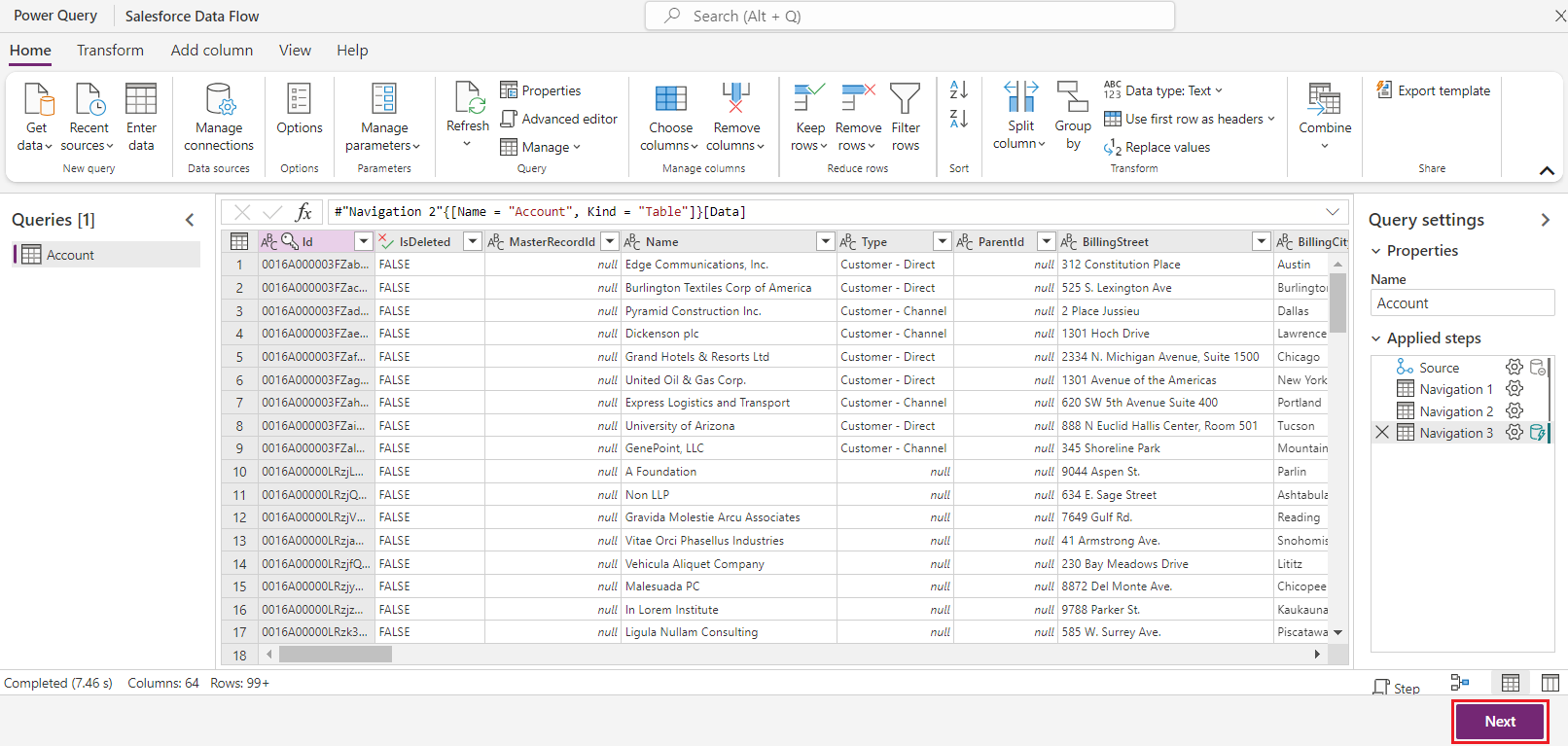
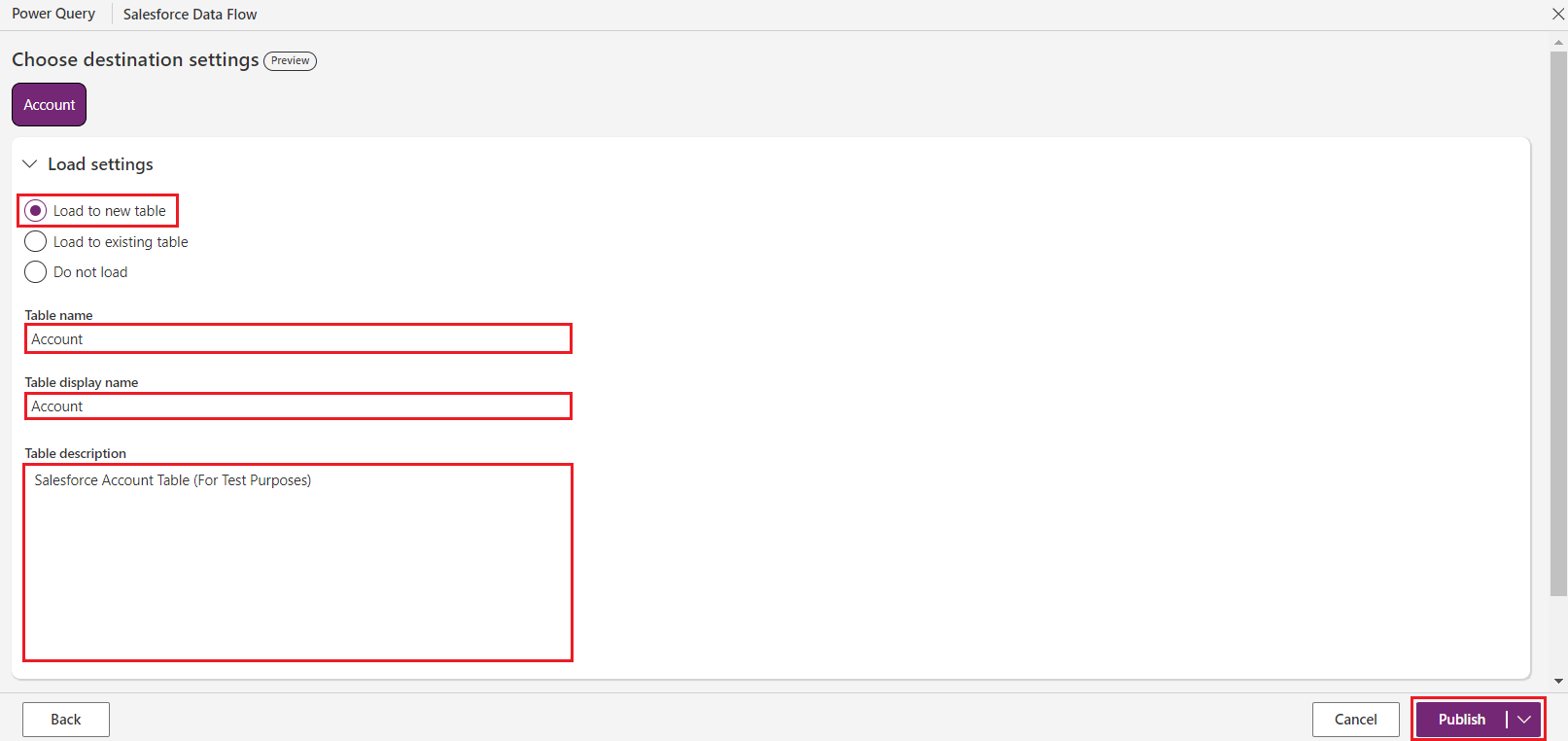
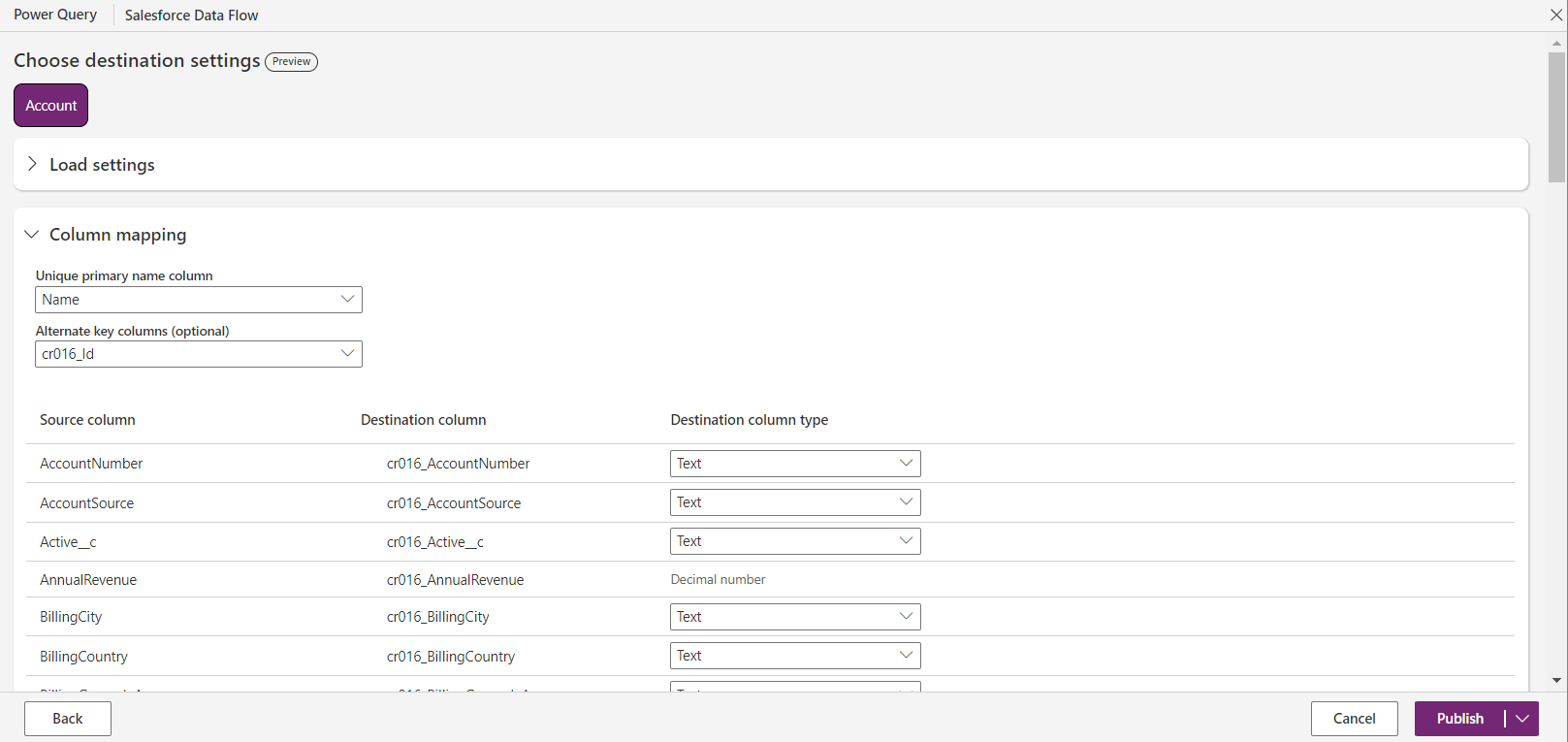
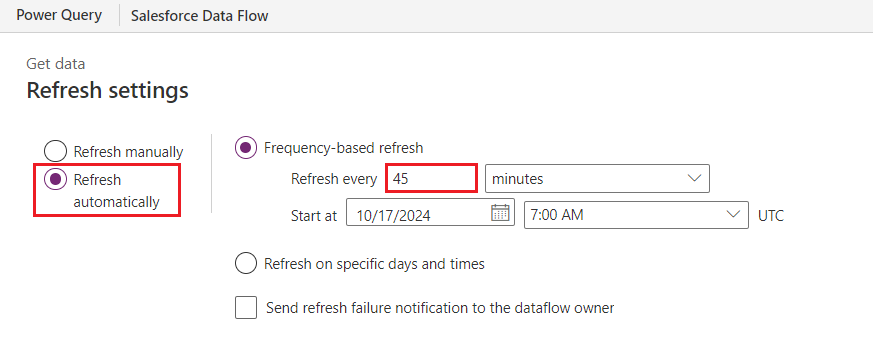

Get Started Today





